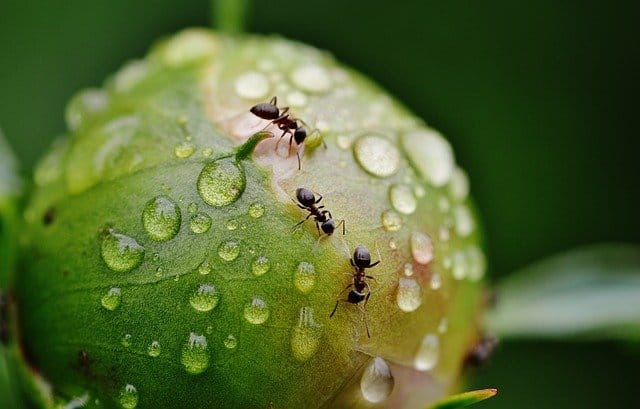A team of Scientists from Japan with French colleagues have discovered why worker ants are so strong by analyzing their muscles and internal skeleton. It turns out that its strength is the direct result of the loss of the ability to fly.
Researchers from the Okinawa Institute of Science and Technology Graduate University (Japan) and the Sorbonne University in Paris have published a study on ants in the journal Frontiers in Zoology. These insects are famous for being able to lift or drag objects that weigh much more than themselves and transport them to their colonies.
“Worker ants evolved from flying insects. We’ve always assumed that losing flight helped to optimize their bodies for working on the ground, but we have much to learn about how this is achieved,” explains Professor Evan Economo, director of the Biodiversity and Biocomplejity Unit at the Japanese institute.
The researchers were able to get a very detailed picture of what was going on inside an ant’s thorax. The goal was to analyze the general characteristics common to all ants, for which the researchers did a detailed analysis of two distantly related species of ants, including both wingless workers and flying queens, and confirmed their findings in a broader sample of species.
They used advanced X-ray technology to scan internal and external anatomy, as well as CT scans. From these images, the researchers mapped all the muscles and modelled them in 3D. The result was a complete image of the inside of the thorax. They then compared the findings of these two species with other ants and wingless insects.
As the researchers had predicted, they found that the loss of flight had allowed a clear reorganization of the thorax.
“Within the worker ant’s thorax, everything is integrated beautifully in a tiny space. The three muscle groups have all expanded in volume, giving the worker ants more strength and power. There has also been a change in the geometry of the neck muscles, which support and move the head. And the internal attachment of muscles has been modified,” explains the late Christian Peeters, lead author of the paper and a research professor at Sorbonne University.
Ants have been studied for centuries in terms of their behavior as a species, but the question of their strength seemed overlooked. The next step is to develop more detailed biomechanical models of how different muscle groups function, do similar research on the jaw and legs and explore the diversity observed among ant species, the researchers note.
